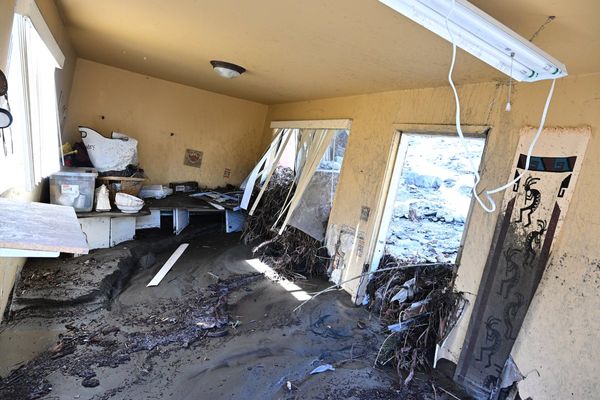
Endangered dotterels have been discovered on Auckland suburban mudflats directly below where former All Black Ali Williams and his partner, part of the Rich List Mowbray family, want to build a helipad
Opponents of the helipad plan, who over the past few months have been counting and photographing birds on the shoreline close to the Williams/Mowbray home in Westmere, say this should be enough for council to shut the project proposal down.
Member of the Quiet Sky Waitematā say they were amazed to find two kinds of dotterels and five other threatened or at risk species foraging or roosting within 50 metres of the shoreline below the proposed helicopter landing site.
They worry, among other things, that rotor wash - a vertical down draught of air created by low-flying helicopters - could disturb the birds.
One of the arguments used against a 2018 proposal by Briscoes boss Rod Duke to convert a boat shed to a helipad on a nearby Auckland beach was rotor wash could lift towels or even bowl children.
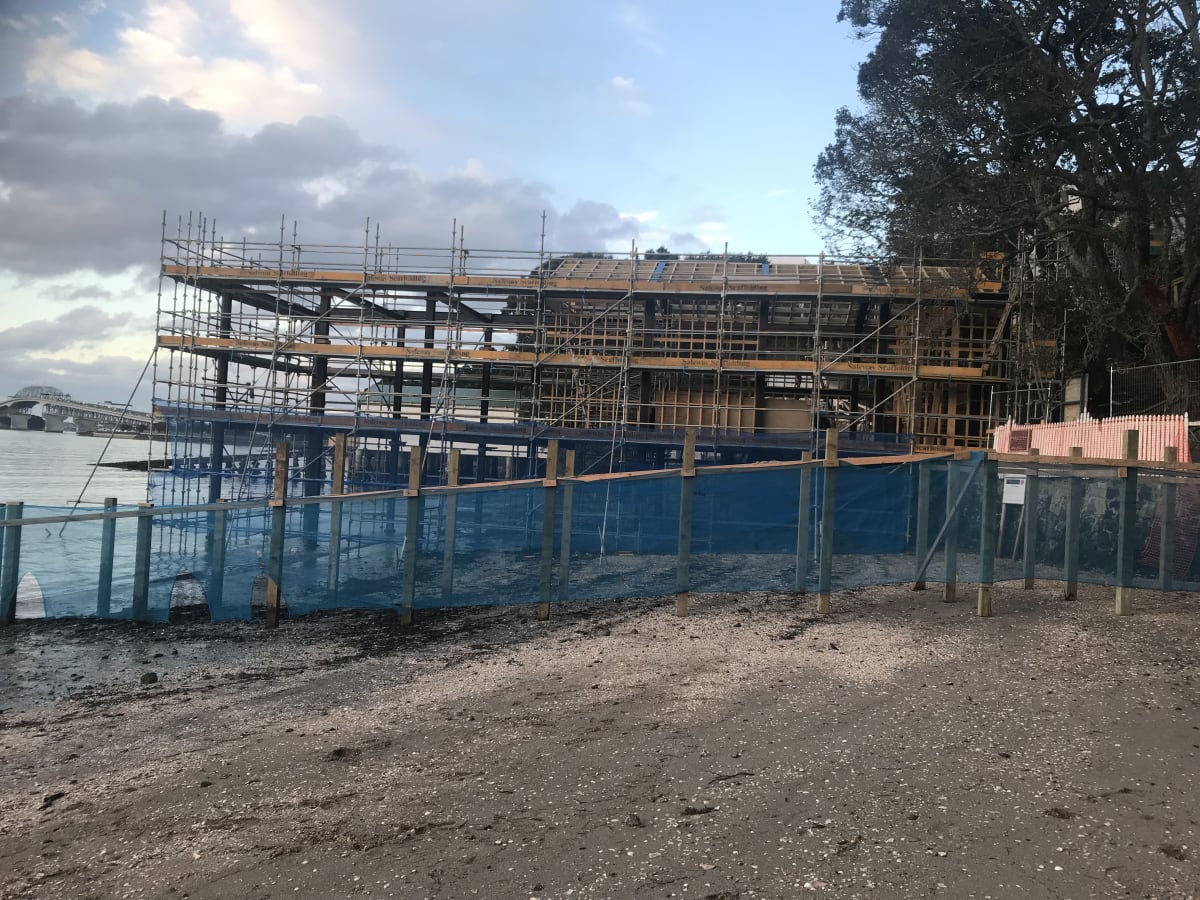
Opponents of the Westmere helicopter proposal say the discovery of the dotterels is another reason Auckland Council should decline resource consent - or at least ensure the public get a say.
“What is becoming increasingly apparent is the rich biodiversity of this relatively inner city location,” Quiet Sky Waitematā member Jeanette Budgett said in a letter last week to Auckland Council members, including Jackson Morgan, who is dealing with the helipad consent.
“We are obviously concerned the proposed helicopter application will disturb this encouraging sign of adaptation and recovery.”
As Newsroom has reported, Williams and his partner, Anna Mowbray, have applied to be able to bring a helicopter on to a patch of lawn close to the edge of their property directly above the shoreline. They are asking for two flights a day, seven days a week.
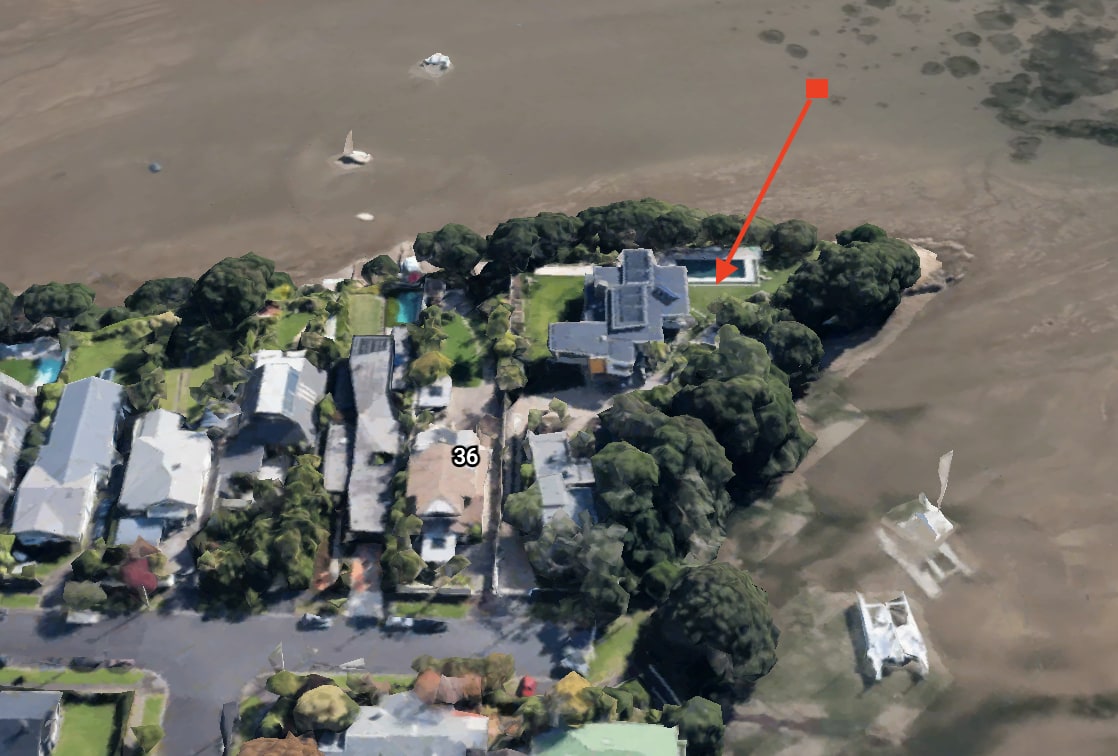
Anna Mowbray is one of three Mowbray siblings behind the hugely successful Zuru toy company, which has more recently expanded into other products, from pet food to shampoo to nappies.
NBR’s 2021 Rich List had the Mowbrays at number four, with an estimated worth of $2.5 billion. Williams and Mowbray got together in 2019 and in 2020 paid approximately $24 million for the 4500 square metre property on a small headland in Westmere, previously owned by the movie director Andrew Adamson.
The original planning application for the helipad did not cover any impact on bird life. However in April planning consultants Mt Hobson Group sent additional information to council, including an ecological assessment.
“The effect of helicopter arrivals and departures on the roost are highly likely to cause disturbance to any birds using the roost.” Treffery Barnett, Bioresearches
“The ecological effect of the helicopter arrivals and departures on the roost at the base of the cliff is assessed as high, but spasmodic ie only when the flights coincide with high tide and when the roost is being utilised,” the report’s author, Treffery Barnett of consulting company Bioresearches, says.
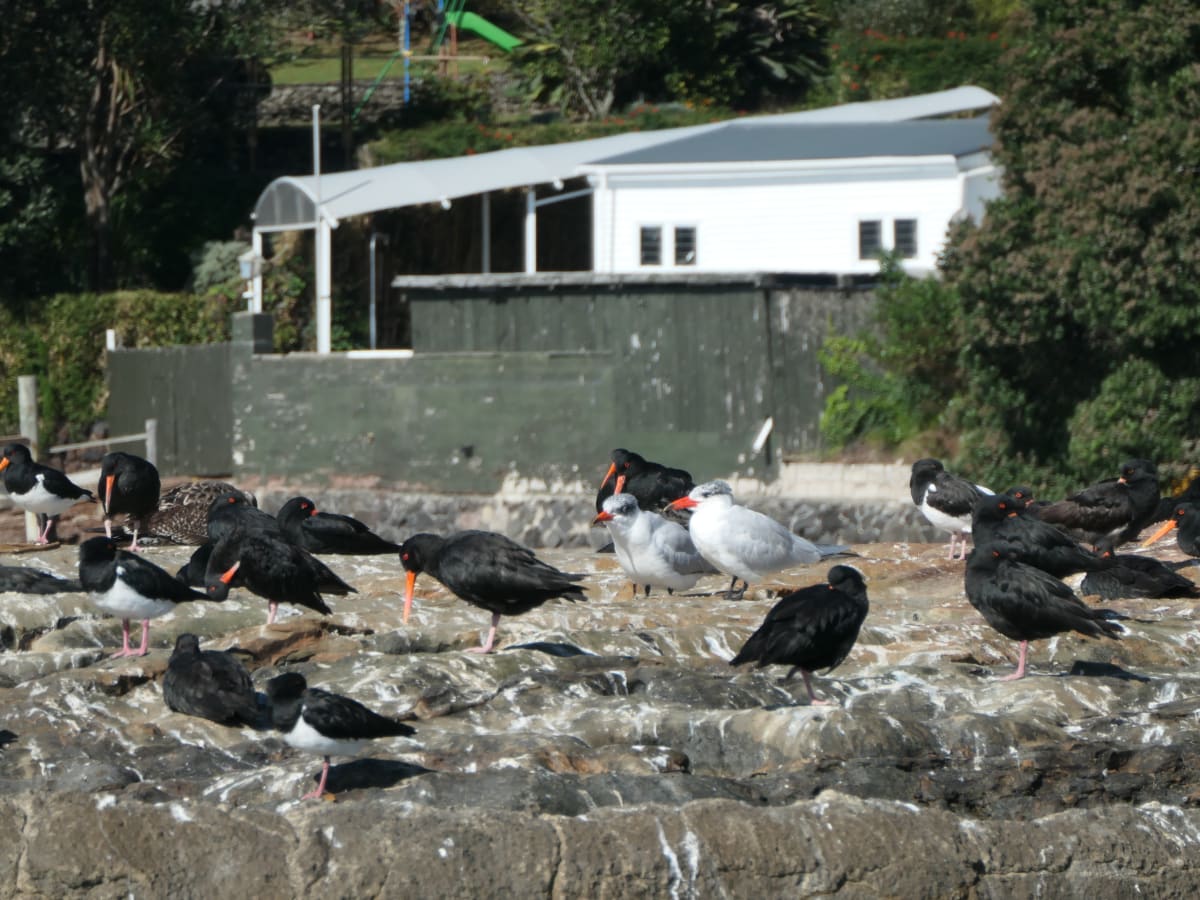
Barnett did not address the impact on birds, including the dotterels, foraging at low tide, instead concentrating on birds roosting on the point at high tide.
“The effect of helicopter arrivals and departures on the roost are highly likely to cause disturbance to any birds using the roost, and most likely to cause the roost to be vacated with any helicopter movements at high tide. Although birds can become habituated to flights (ie at airports) this is unlikely to occur with helicopters at this site, because of the louder engines and motor vibration of the helicopters, and the low frequency of the flights.
“This level of effect is moderated by the current level of disturbance through existing water-based recreational uses of the area, which primarily occur at high tide, public access of the coastline outside high tide and activities from the property from children and animals who regularly use the point.”
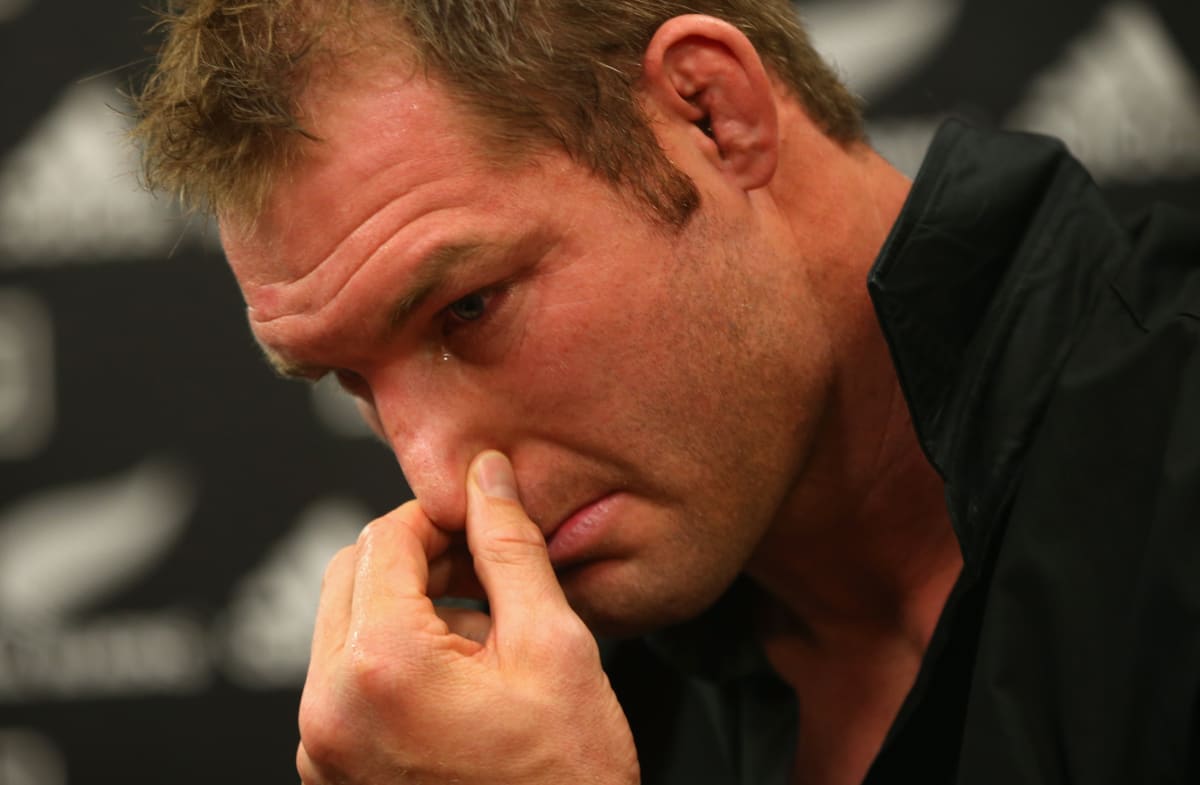
Ali Williams told Newsroom he was not aware of any dotterels or terns foraging on the beach, but had seen oystercatchers and other species. He said he understood some neighbours were unhappy with the helipad proposal, but others were supportive.
He hoped the resource consent process would ensure the best outcome for his family home and the environment.
“We love the wildlife.”
Quiet Sky Waitematā’s Elena Keith says as well as banded and New Zealand dotterels on the mudflats, Quiet Sky Waitematā members have also seen and photographed Caspian terns (which are classified as ‘threatened - nationally vulnerable’ in terms of their conservation status), South Island pied oystercatchers and red bill gulls (both ‘at risk, declining’), and variable oystercatchers and pied shags (at risk, recovering).
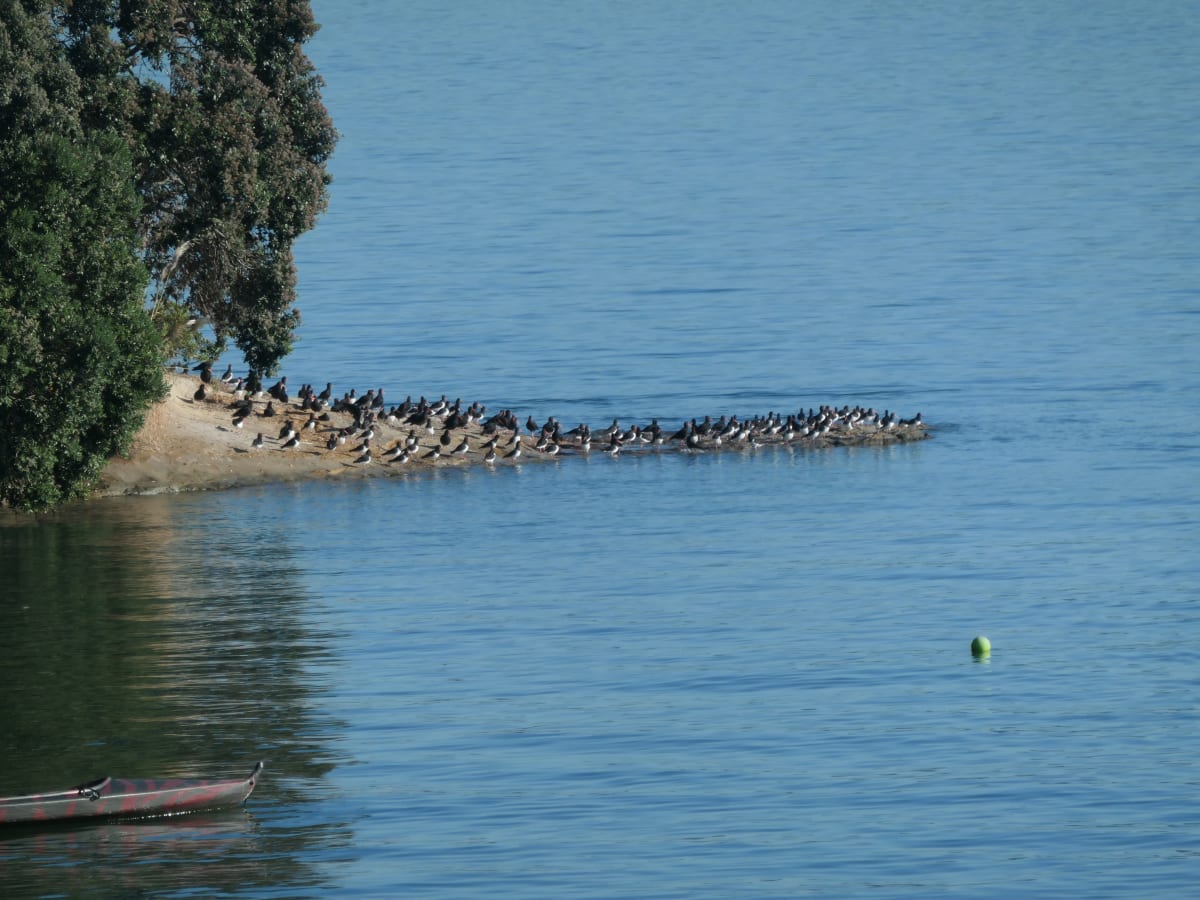
Budgett says she doesn’t know what the impact of helicopters taking off and landing from the point would be, “but my sense is the rotor wash from the helicopters will be considerable so close to the point where they are feeding”.
She points out significant sums of taxpayer money and millions of volunteer hours have been spent protecting endangered dotterels in recent years.
Opponents are calling for Auckland Council to commission its own full environmental assessment of the potential impact of helicopter activity.
“Quiet Sky Waitematā (QSW) expects Council to look closely at Policy 11 of NZCPS which protects the indigenous biological diversity in the coastal environment, and to decline the resource consent application for a helipad," a report released from the group this week says.
Safety and other considerations mean in most cases helicopters must arrive and take off out to sea, rather than over land. This means any helicopter going to and from the Williams-Mowbray property in Westmere would fly out over the area where the different bird species roost at high tide and forage when the tide is out.
A wider issue
Meanwhile, the Williams-Mowbray proposal is controversial not only in its own right but also because the couple aren’t the only inner city private property owners wanting a helipad at home. Over the past 10 years, three wealthy individuals in the exclusive suburb of Herne Bay have put helipads on to their seafront properties, with two more thought to be under consideration. There’s at least one homeowner talking about a private helipad in Orakei.
Locals are also fighting back on Waiheke and Great Barrier islands.
Opponents say there needs to be much more clarity about the council’s position on private helicopter flights around the city, including about resource consent for helipads. At the moment, Auckland Council doesn’t have any rules about people in the city putting helipads in their back garden. (See Newsroom’s story: Suburban helicopters fly into choppy air.)
Auckland Councillor Pippa Coom says she wants to see change.
“I would be supportive of a change in the activity status from ‘non-complying’ to ‘prohibited’ but this will be a lengthy process requiring a plan change,” she told Newsroom. “At the moment we’ve been advised there are no resources to do that before the Unitary Plan is reviewed in 2026.”
She says the local board has recommended full notification in the Williams-Mowbray helipad application.
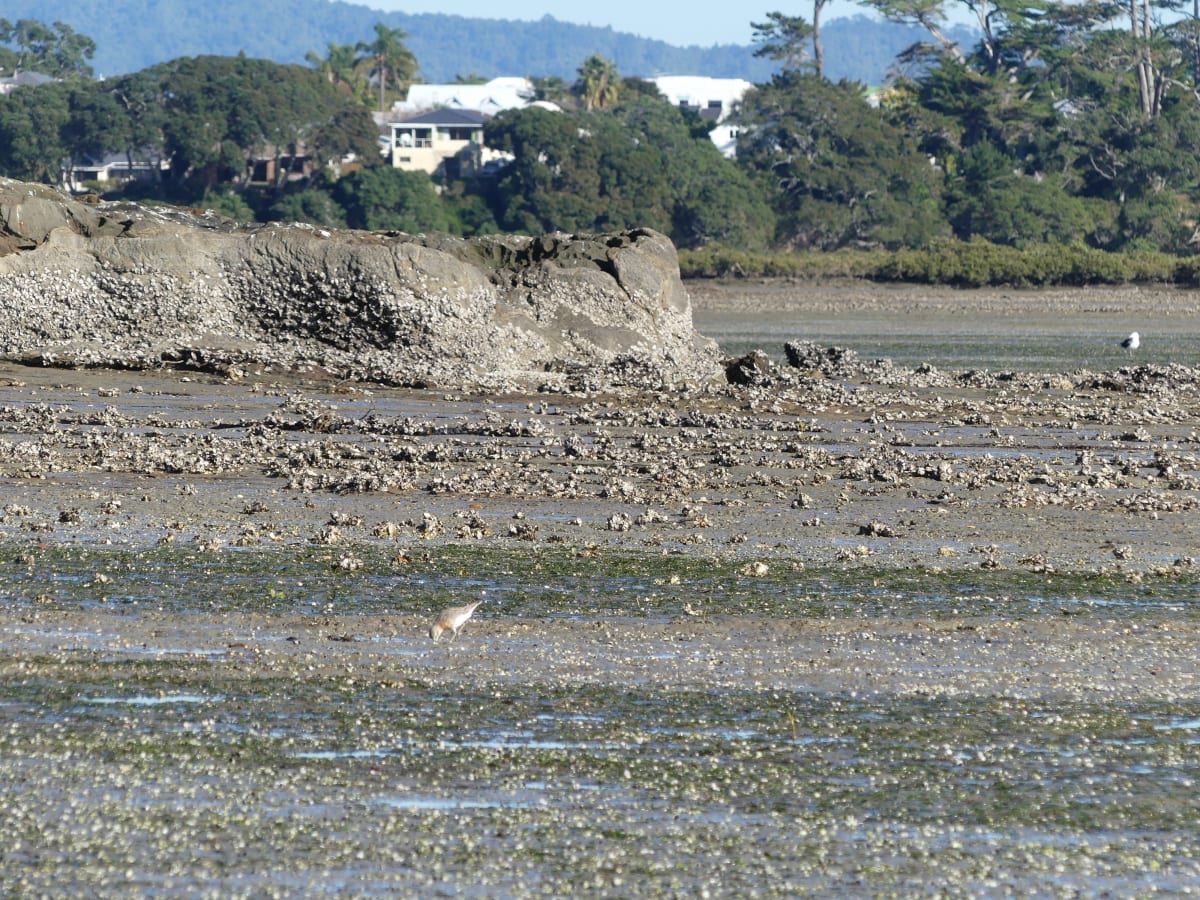
John Stewart is a volunteer who helps with dotterel banding work in Auckland and was quoted in Auckland Council’s own Our Auckland publication talking about dotterels nesting at the Tank Farm site in the central city.
He says any decision about the helipad “would depend on knowing a lot more about the birds’ usage of the area”.
“We’re assuming helicopters would disturb them and push them out, but we don’t know that.”




